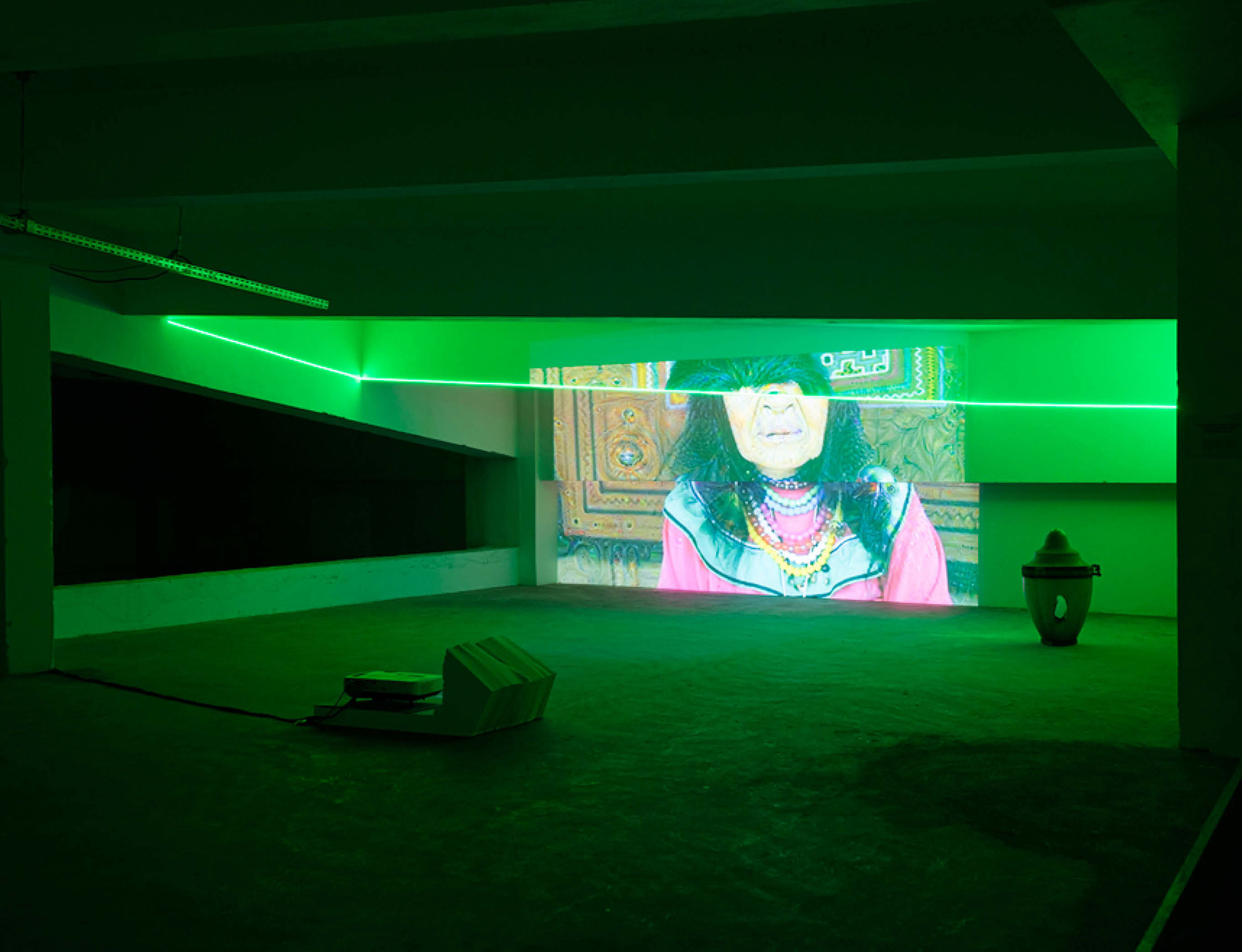Seminar Questions
- What is sound?
- How has it been use in culture and society?
- What makes it an art?
- How does advancement in audio technology affect our sense?
What is Sound?
Sound is an aural component, where vibrations travel through the air or another medium that can be heard when it reaches a person’s or animal’s ear. Due to a surge in exhibitions at visual arts institutions that focuses on sound, it gave birth to ‘Sound Art’, which refers to ‘anything which has or makes sound’, some cases including those which do not. Sound also has a subset of music. In terms of music, Composer Edgard Varese defined music to include all organized sound, whereas John Cage included silence in its definition.
There are three kinds of sound. Multiplying sounds presents three sounds that are recorded. The first sound recorded is what intended to be recorded. The additional sounds recorded are distortions which are usually accurate enough to be compared to the first version. The second set of sounds are the inadvertent sounds of the environment while recording. These sounds are almost insignificant, yet present a new world to be explored when charted. The third sound is the sound of the recording apparatus. Surface noise and channel noise are audible indications of information being transmitted to our ears, otherwise known as the ‘noise-floor’.
How has it been use in culture and society?
According to the article, sound has been used in exhibitions as music, kinetic sculpture, instruments activated by the wind or played by the public, conceptual art, sound effects, recorded readings of prose or poetry, visual artworks which also make sound, paintings of musical instruments, musical automatons, film, video, technological demonstrations, acoustic re-enactments, interactive computer programs which produce sound, and more. Sound has also come to include popular music today. Other than those qualities, sound has also been used to convey messages, be it through speech or through man-made sounds.
What makes it an art?
Sound enables deeper meanings to protrude when conveying messages to the intended audience. Sounds that have previously been almost insignificant, can give birth to new problems and a whole new world waiting to be explored. Sounds in music can also sought to either make one comfortable or uncomfortable through its various qualities, like the tempo and groove of the instrument. Even the lack of sound can help to create a certain mood which may affect its audience. This leads the audience to think deeper and infer, which is alike patronizing a visual art piece.
How does advancement in audio technology affect our sense?
When the phonograph was created, it created three versions of a recorded sound, which included an original, intended recordings and two other recordings with distortions in them. This confuses our perception about which is the actual recorded sound, yet the difference is small enough for us to neglect.
The recording of sound by the phonograph also inspired Theodor Adorno to come out with a new duty surface noise had; the ‘hear-strip’ is the fragile buzz during a film of recorded silence. It was only present for confirming that the film was still running. Its minimal existence is almost insignificant, yet alerts our senses and knowledge deeply.
Our attention is also caught when the bourdon basses, the quiet repetitive figures and pianissimo trilling give us an illusion of a figurative silence, keeping us alert in expectations of a next sound note. Even though the sound may not be real, we still expect the suspense to be broken.
Finally, in popular music, the way music is created through combining different styles of tempos and beats affects our comfort and adoration for the music. Classical music also lets us appreciate a new, idealized acoustic silence when the music is played, allowing us to enjoy the sweetness of the music. Ultimately, the way popular and classical music are mixed and played can directly affect our preferences and level of comfort.



